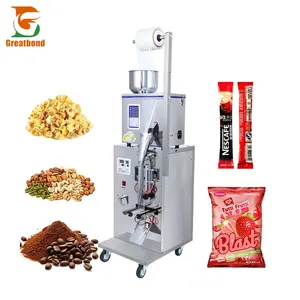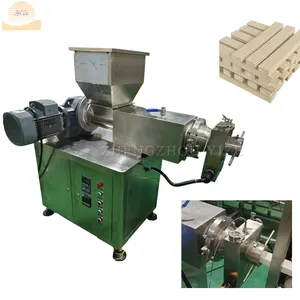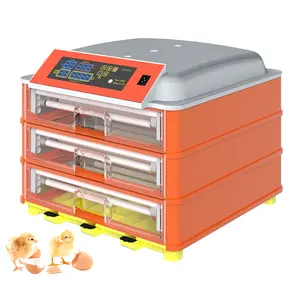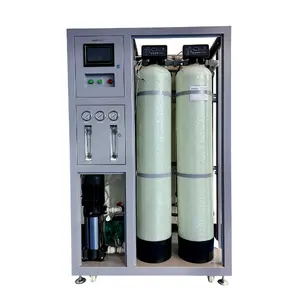Popular in your industry
































































Related Searches:










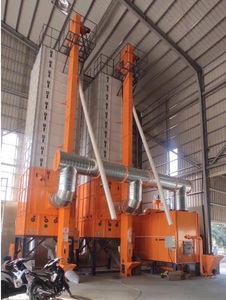
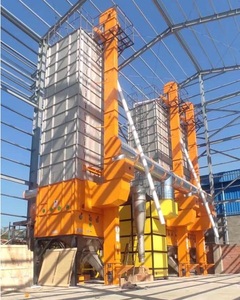

























































































































































Top categories
About silo grain dryer
A silo grain dryer is an essential piece of equipment designed to efficiently and effectively dry harvested grain before storage. It is a vital tool for farmers and agricultural professionals, ensuring the preservation of grain quality and reducing the risk of spoilage. Grain dryers are available in various types and sizes, each catering to specific needs and volumes of grain. The choice of a grain dryer is often influenced by factors such as crop type, climate, and operational scale.
Types of silo grain dryers
Silo grain dryers are commonly categorized based on their heat sources, which include natural air, propane, and electricity. The silo dryer may use a combination of these heat sources to achieve optimal drying conditions. In addition, some grain dryers are designed to be portable, allowing for flexibility in their placement and use across different locations on the farm. Other grain dryers are designed to be more stationary, often integrated into existing structures such as grain storage facilities.
Portable grain dryers are particularly advantageous for smaller-scale operations or situations where the drying needs may vary. On the other hand, stationary grain dryers are well-suited for larger farms or facilities with consistent drying requirements. The choice between a portable and stationary grain dryer also depends on the available space and infrastructure on the farm, as stationary units may require more extensive installation and integration with existing grain handling systems. The variety in types of silo grain dryers allows farmers to select the most suitable option based on their specific operational needs and constraints.
Advantages and disadvantages of silo grain dryers
Grain drying silos offer numerous benefits, such as increased efficiency, reduced drying times, and improved control over the drying process. However, some common drawbacks of silo grain dryers include high initial investment costs, the need for regular maintenance, and potential energy consumption. Despite the disadvantages, the advantages of grain drying silos are significant and contribute to their value as essential tools in modern agriculture.
How to use silo grain dryers
Using a silo grain dryer involves several key steps to ensure the effective drying of harvested grain. Firstly, the harvested grain is transferred to the grain drying silo for storage and drying. It is crucial to monitor and adjust the drying conditions, including airflow and temperature, to achieve the desired moisture content in the grain. Regular inspection of the grain and the drying system is essential to identify any issues or potential spoilage. Once the grain reaches the target moisture content, it can be safely stored in the silo for future use or sale.
